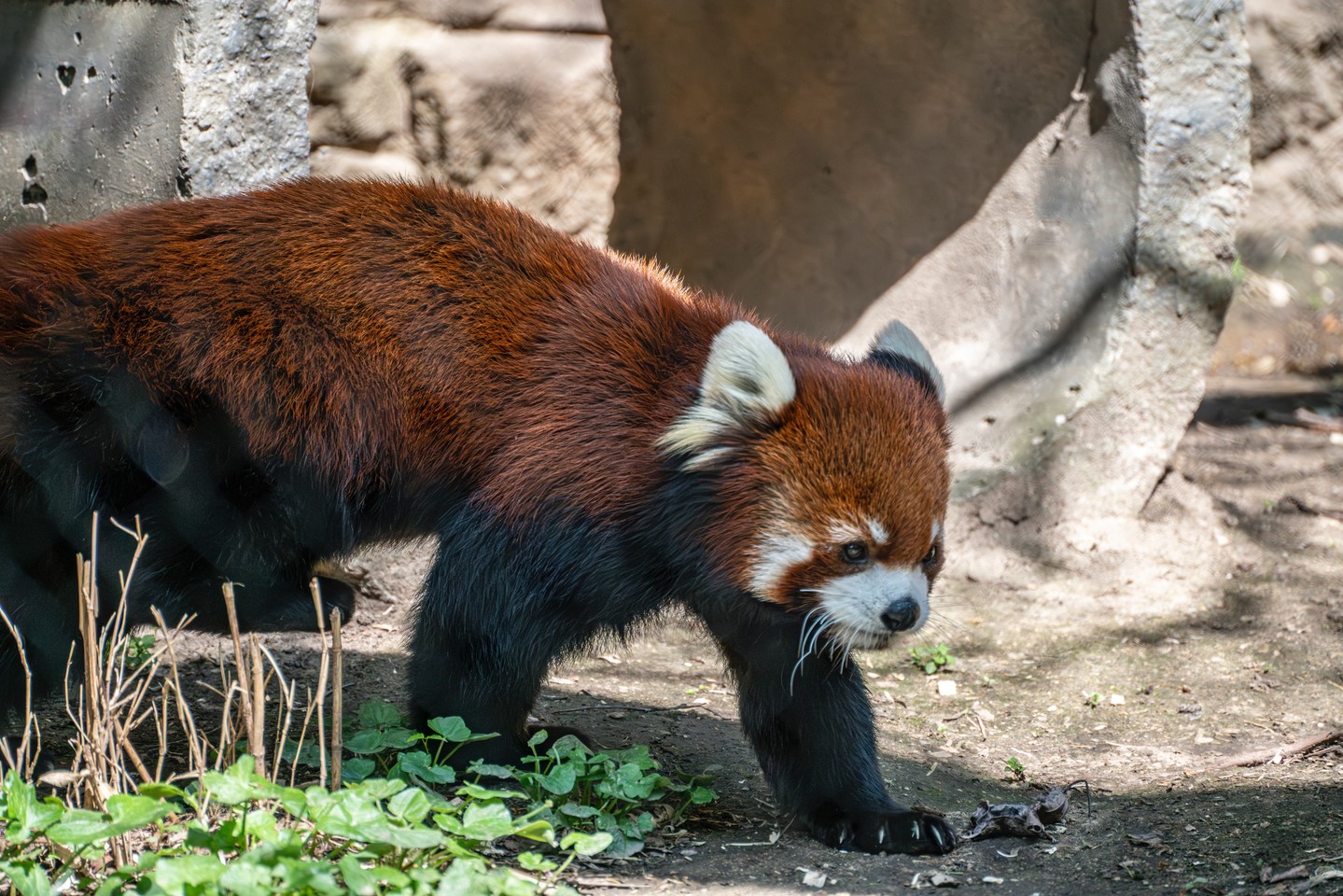- Introduction to the sixteen species competing for dominance.
- Detailed examination of the natural habitats and adaptations features of each species.
- Importance of zoological research and wildlife conservation in understanding these species.
- The role of public engagement in wildlife tournaments and conservation efforts.
- Predictions and potential impacts on biodiversity and ecosystems depending on which species emerges victorious.
The concept of a "tournament of species" is an engaging way to educate and involve the public in wildlife conservation. Sixteen species, competing for a hypothetical crown, introduces a playful narrative to serious conservation topics. This discussion will delve into the ecological dynamics and species’ traits that might tip the balance in their favor.
Initially, recognizing and knowing the competing species is pivotal. The selection usually includes a diverse range of animals, from colossal megafauna like elephants and tigers to smaller, yet equally vital creatures like bees and penguins. Each species is juxtaposed against the others, showcasing its unique abilities and ecological roles. For instance, elephants, often dubbed as the architects of their ecosystems, maintain the structure and sustainability of African and Asian savannahs and forests through their feeding habits and seed dispersal. In comparison, bees’ pollination activities are crucial to both wild and agricultural systems, supporting global food security.
Understanding the natural habitats of these species provides insights into their survival strategies. Animals adapt phenomenally to their environments, developing unique features that allow them to thrive. Penguins, such as the Emperor Penguin, are well-suited to the freezing temperatures of Antarctica, with their thick layers of fat and unique huddling techniques for warmth and protection. Meanwhile, tigers, residing in dense forests or grasslands of Asia, exhibit stealthy hunting capabilities backed by their powerful physiques and solitary behaviors. Each adaptation underscores a survival strategy developed over millennia, highlighting the resilience of life in diverse ecological contexts. However, the threat of human-induced changes such as deforestation and climate change places unprecedented pressures on these habitats and the species reliant on them.
Zoological research is pivotal in understanding these dynamics, offering insights critical to conservation efforts. Scientists work tirelessly to gather data through field studies, genetic analysis, and behavioral observations. This research is vital for informing conservation strategies and policies that protect species and their habitats, ensuring biodiversity is maintained. Importantly, such work also focuses on mitigating human-wildlife conflict, a major factor in species decline. For instance, protecting predator species like tigers or wolves often involves finding balance with agricultural interests, restricting poaching, and crafting community-focused solutions to reduce tensions.
Awareness and public engagement play a critical part in successful conservation. Initiatives like online "species tournaments" stir public interest, connecting individuals to conservation efforts through entertainment and education. These tournaments often invite the public to vote on their favorite species through various platforms, drawing attention to the plight and need for each species’ protection. This crowd-sourced approach raises awareness and funds, galvanizing support for conservation causes globally. Education campaigns leveraging social media can highlight how individuals can contribute to conservation, from reducing plastic usage to supporting wildlife-friendly practices.
Predicting which species may emerge as a winner points to intricate ecosystems and biodiversity implications. Species with widespread appeal, such as charismatic ‘flagship’ species like the elephants or tigers, often capture the public’s imagination. However, every species, large or small, plays a unique role in its ecosystem. A victory for bees, for example, would underscore the fundamental role of pollinators within ecosystems and the broader implications of their decline. This could drive increased focus on agricultural practices and habitat loss, encouraging systemic changes across industry sectors. Simultaneously, a win for lesser-known species might highlight lesser-publicized conservation issues, fostering a new wave of interest and research aimed at preserving biodiversity.
Through this exploration, the importance of continuing conversations around wildlife conservation becomes starkly evident. As the world continues to change rapidly due to human impact, safeguarding these species and their environments is essential for the continued health of global ecosystems. These tournaments, albeit imaginative, underscore the interconnectedness of species and habitats, reminding us of the intricate balance required to maintain biodiversity and ecological resilience.
Overall, understanding and preserving the diversity of life on Earth is an endeavor that requires collective action, comprehensive education, and targeted research efforts. Engaging narratives and public participation initiatives serve as vital tools in these endeavors, helping to highlight the importance of each species in a vibrant tapestry of life. Through informed and concerted efforts, we can continue to support ecosystems and ensure the planet remains habitable for all forms of life.
*****
Source Description
Sixteen species… one winner. Who will win the crown? 👑
Check out our story to vote in the most popular tournament around! At least, as far as we know.


